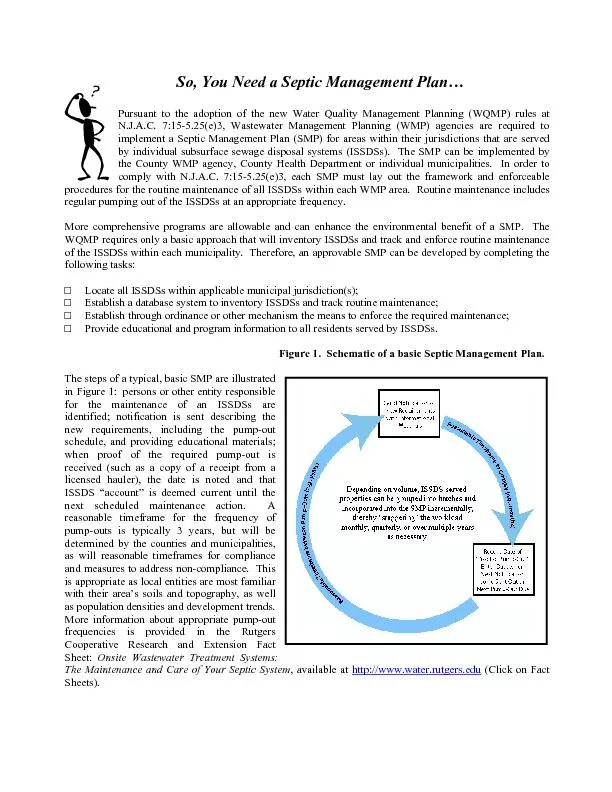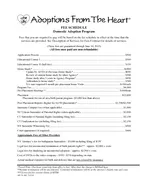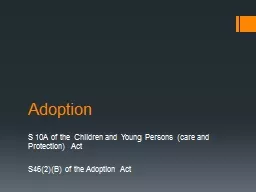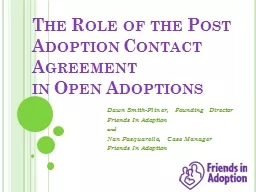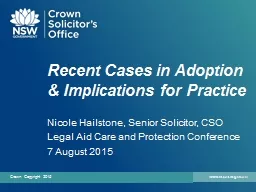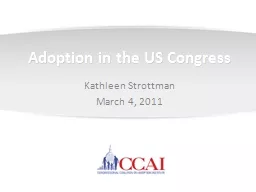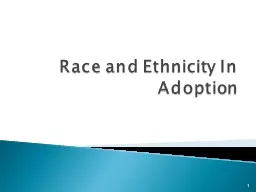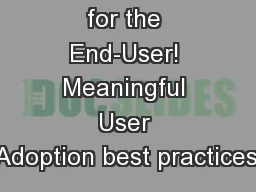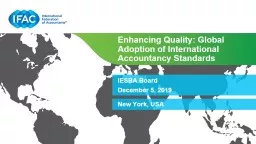PDF-Pursuant to the adoption of the new Water Quality Management Planning
Author : lindy-dunigan | Published Date : 2016-12-05
Sheets Implementation of a basic SMP therefore is a straightforward and repeatable cycle for which most of thesteps can be accomplished through the mail and using
Presentation Embed Code
Download Presentation
Download Presentation The PPT/PDF document "Pursuant to the adoption of the new Wate..." is the property of its rightful owner. Permission is granted to download and print the materials on this website for personal, non-commercial use only, and to display it on your personal computer provided you do not modify the materials and that you retain all copyright notices contained in the materials. By downloading content from our website, you accept the terms of this agreement.
Pursuant to the adoption of the new Water Quality Management Planning: Transcript
Download Rules Of Document
"Pursuant to the adoption of the new Water Quality Management Planning"The content belongs to its owner. You may download and print it for personal use, without modification, and keep all copyright notices. By downloading, you agree to these terms.
Related Documents

